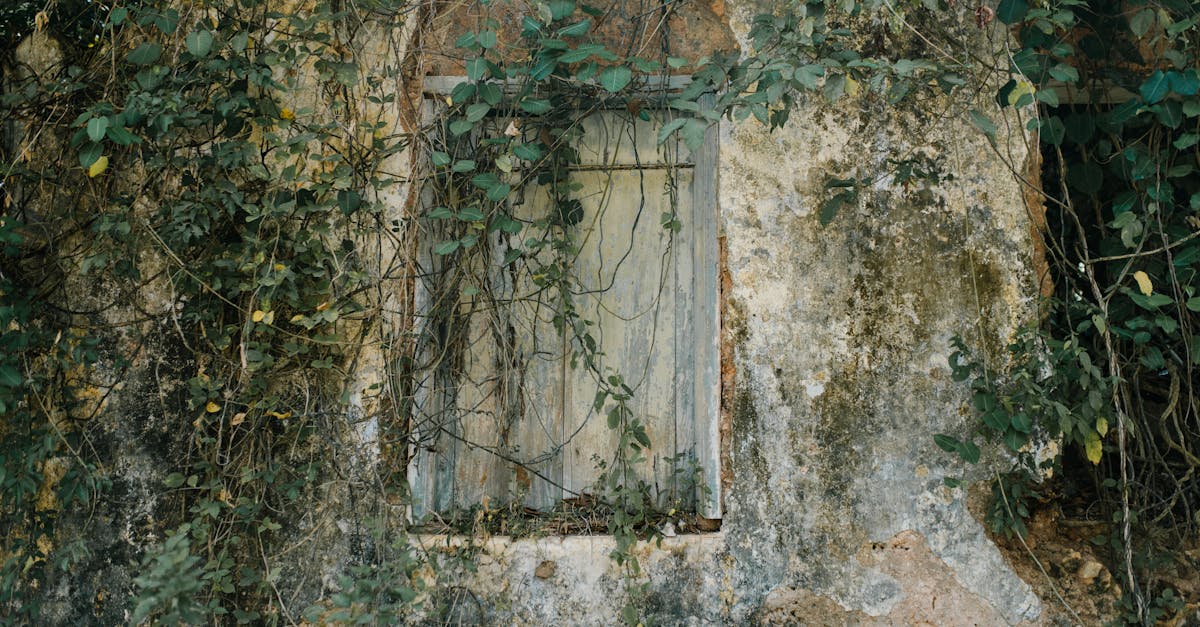
Maintenance of Stone Cladding Over Time Table Of Contents
Natural stone cladding requires regular attention to maintain its aesthetic appeal and structural integrity. Regular cleaning is essential to prevent the buildup of dirt, moss, and other organic materials that can detract from its beauty. Additionally, inspection for cracks or missing pieces should be conducted periodically. Prompt repairs are necessary to avoid further damage and to ensure that the cladding remains securely attached.2024-08-22Repairing Surface Damage
ression in various architectural styles.How can I identify cracks and imperfections in a surface?
With the advent of modern engineering techniques, the approach to stone cladding has evolved. Innovations have included lightweight composite materials that retain the beauty of natural stone while reducing structural load. Additionally, modular systems have emerged, making installation simpler and more efficient. These developments cater not only to aesthetic preferences but also to practical concerns, addressing the need for durability and ease of maintenance in contemporary construction. What are the common mistakes to avoid when installing sandstone wall cladding?
Innovations in GravityResistant TechniquesWhat types of coatings are suitable for different surfaces?
Recent advancements in engineering and design have led to the development of innovative techniques that enhance the stability and durability of stone cladding systems. These methods include the use of lightweight steel frameworks which provide additional support while minimising the overall weight of the installation. Integrating flexible adhesive technologies allows for better movement and stress absorption, crucial for accommodating natural settling over time. How can I ensure my sandstone wall cladding lasts longer?
Additionally, architects and builders have started incorporating vented systems that promote airflow behind the cladding. This feature helps dissipate moisture and reduces the risk of water damage, which can be exacerbated by gravitational pull. Such strategies not only enhance the lifespan of stone cladding but also maintain its aesthetic appeal, ensuring that structures remain both functional and visually pleasing.What techniques can be used to ensure even coating application?
FAQS Why is drainage important when installing sandstone wall cladding?
Why is gravity important in the installation of natural stone cladding?How often should I carry out surface preparation for maintenance?
Gravity plays a crucial role in ensuring that natural stone cladding is securely attached and remains in place over time. It affects how weight is distributed across the surface, influencing both the stability and longevity of the installation.Repairing Surface DamageWhat should I consider regarding the weight of sandstone wall cladding?
What maintenance practices are recommended for natural stone cladding?Surface damage, such as cracks, chips, or wear, can compromise the integrity and appearance of various materials. Assessing the extent of damage is crucial before beginning the repair process. This may involve cleaning the area thoroughly and determining whether a light patch-up is sufficient or if more extensive work is required. Tools such as sanders or scrapers may be beneficial for preparing the surface, ensuring it is smooth and ready for any repair compounds or coatings.
Regular maintenance practices include cleaning the surface to remove dirt and debris, checking for signs of wear or damage, resealing the stone as needed, and ensuring that drainage systems are functioning properly to prevent water accumulation.Once the damage has been assessed, selecting the appropriate repair material is vital. Products should be compatible with the surface type and the environmental conditions to ensure durability. For instance, epoxy fillers can work well for concrete, while specific wood fillers suit timber surfaces. The application should be done meticulously, allowing ample time for drying or curing before subsequent coatings are applied.How often should I maintain my sandstone wall cladding?
How does natural stone compare to other cladding materials in terms of durability?Addressing Cracks and Imperfections
Surface imperfections can undermine the integrity and aesthetic appeal of a project. Identifying cracks and other flaws is crucial for effective repairs. Begin by thoroughly inspecting the surface to pinpoint any issues that may require attention. Small cracks can often be filled with a suitable filler, while larger gaps may necessitate more robust interventions. Ens
of coating being used. For larger areas, a high-quality roller can help distribute the product evenly, while brushes can be useful for edging and intricate details. Ensuring that tools are clean and dry prior to use can prevent surface marking and improve the finish.
It is essential to apply coatings in systematic passes to maintain an even coat without pooling or drips. Start at one corner of the area and work your way across in a consistent direction. Overlapping strokes slightly assist in blending each pass, creating a unified look. Working in sections can further aid in maintaining control, allowing for the application of an ideal thickness without compromising coverage. Properly managing environmental conditions also contributes to achieving optimal results; avoiding high humidity or extreme temperatures during application ensures that the coating adheres well and cures properly.
How can I ensure my sandstone wall cladding lasts longer?
To ensure longevity, it’s important to implement regular maintenance strategies, such as cleaning and sealing the surface, as well as ensuring proper drainage to prevent water damage.